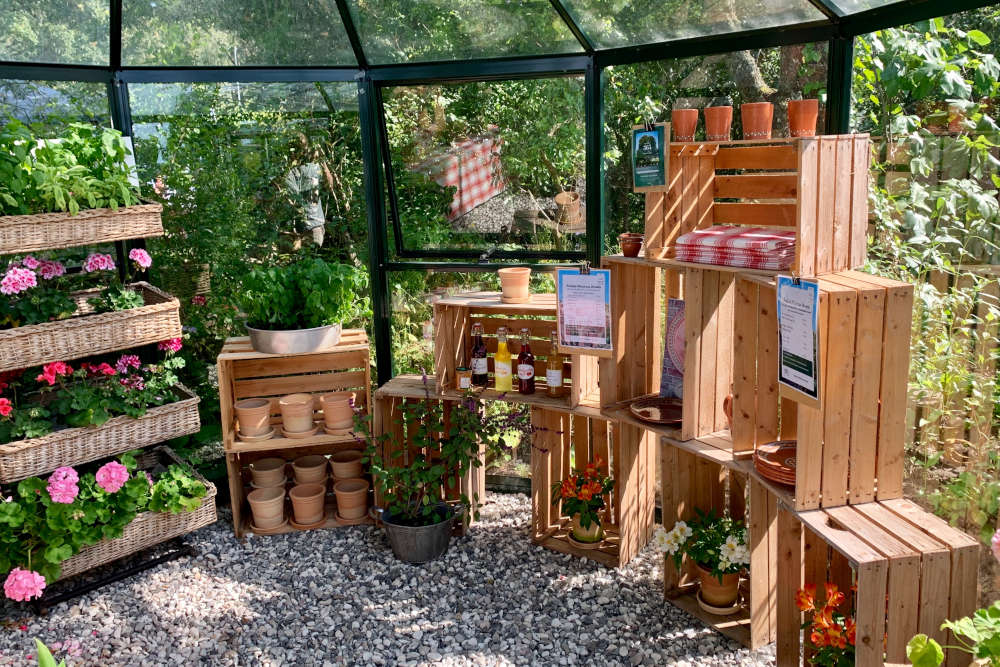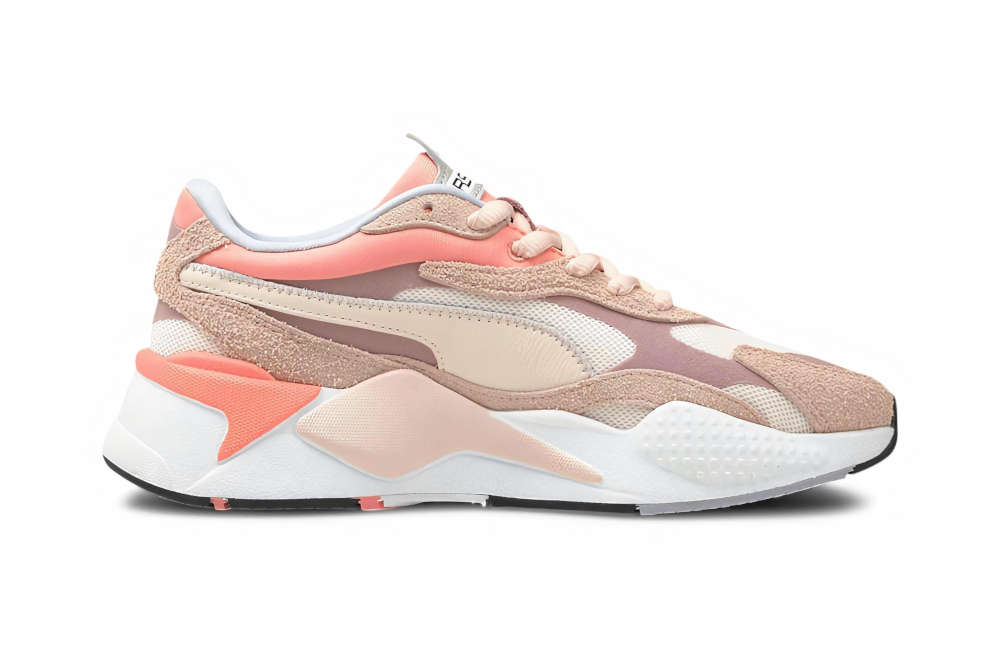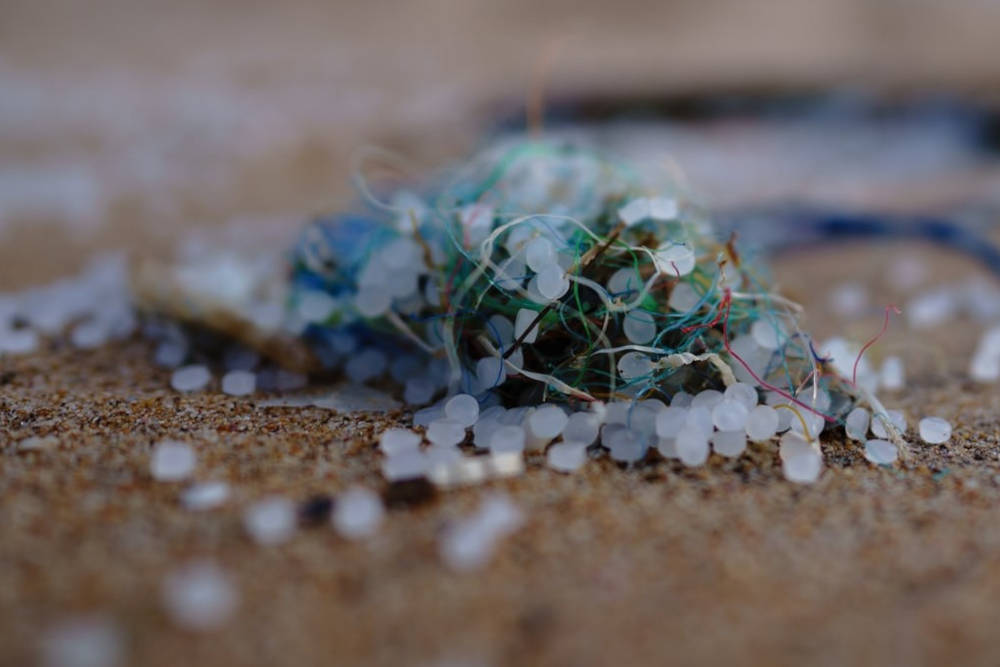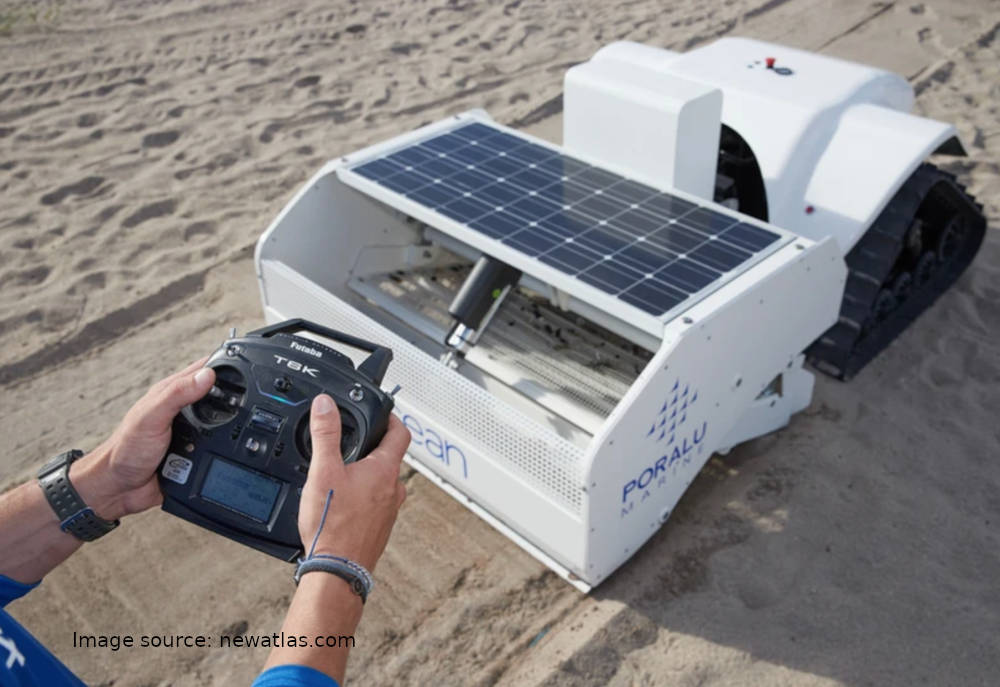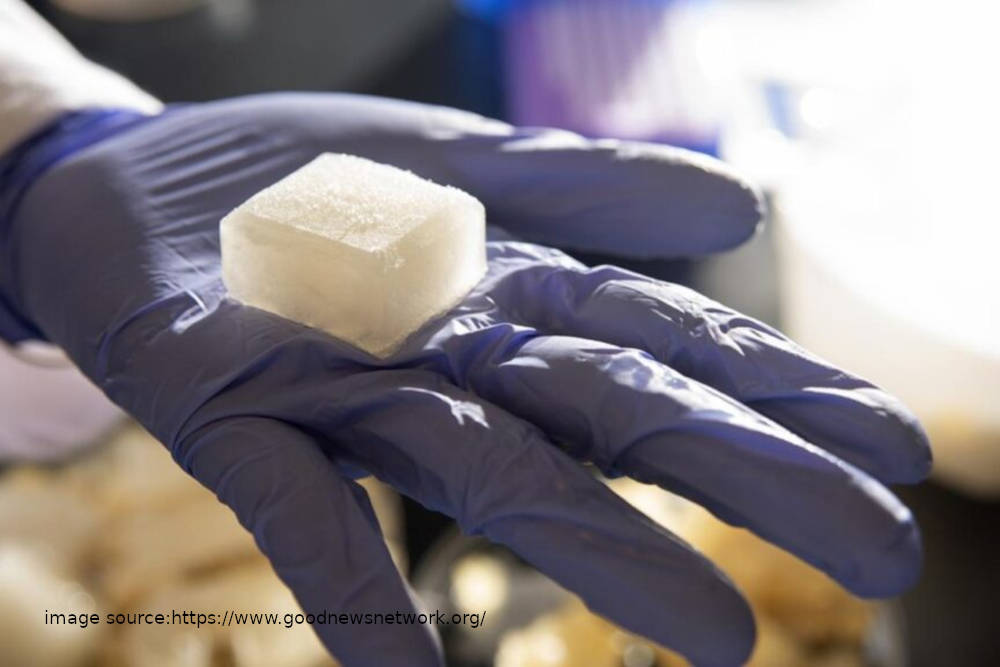Design Students Use Art to Reimagine Plastic Recycling – To make Lamps, Seat Covers, and More
- Home
- Swallow Green
- Design Students Use Art to Reimagine Plastic Recycling – To make Lamps, Seat Covers, and More
Design Students Use Art to Reimagine Plastic Recycling – To make Lamps, Seat Covers, and More
- access_time14 February 2022
- account_circleSwallow Green

London design students were given a challenge: take plastic that will most likely end up in the landfill, and turn it into a new raw material using as little energy as possible. Part of a competition from the London Royal College of Art, the students excelled, turning plastic into various products, such as train car-seat covers, sound insulation, art pieces, lamps, and more.
A partnership between the London-based industrial design firm PriestmanGoode and the College’s MA in textiles program, the competition was called Precious Waste, highlighting the remaining usefulness in so many of the materials we throw away.
“The students were free to consider how their new materials, surface finishes, or textures could be used in different environments, whether in retail spaces, restaurants, hotels, or transport environments. The students tackled the brief in the most difficult times with great enthusiasm and passion, addressing one of the biggest challenges of our time and creating beautifully handcrafted solutions.” the presentation website reads.
First place went to Bethany Voak, a young woman who not only repurposed polystyrene foam, but re-molded it, allowing for a change in color, texture, and consistency that could be used for many different purposes, whether as the most avantgarde art piece, or as a drywall replacement.
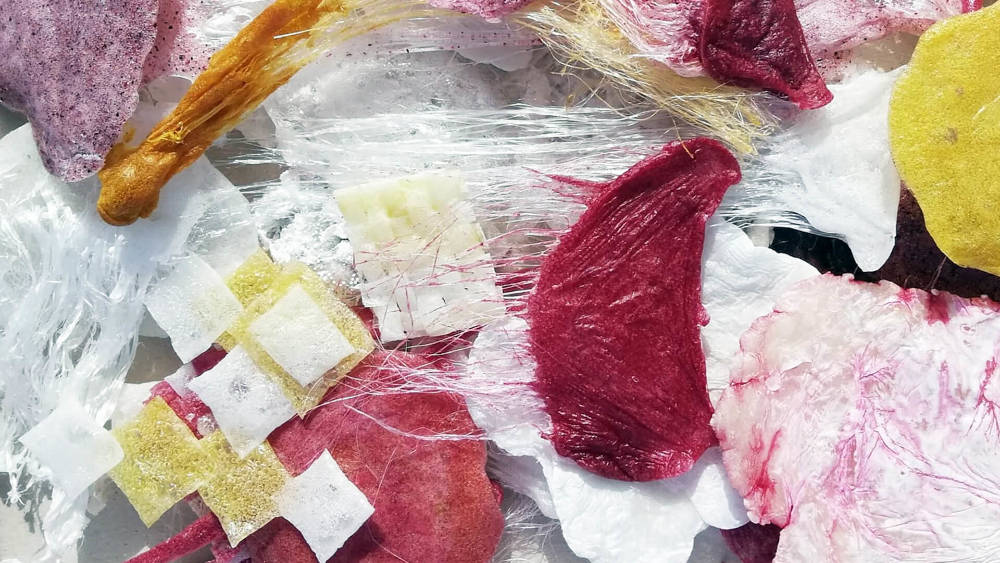
Image source: https://www.priestmangoode.com/pg-rca-precious-waste/
During her work, she discovered an organic molecule that turns the rigid yet spongy foam into a moldable material that can take dyes, and become hard—opening up a huge array of potential uses for the product.
Second place went to Henrietta Dent, who unwound plastic produce nets like the kinds which hold a pound of onions, with nothing more than her hands and a bit of heat. The resulting material is stronger by virtue of its woven nature, and can be used to create cushion covers for the seats on, for example, the London underground.
Other entries included Christina Pei Fen, who cut up individual fruit nets with scissors before using a hot iron to quickly press them into a single sheet, which can have color and ephemeral consistency.
Another entry, aiming to tackle the plastic incense packaging at Buddhist temples, created an app that tracks the donation of this plastic packaging every time one goes for prayer.
At the end the trash is turned into a lamp in the appearance of a lotus flower.


